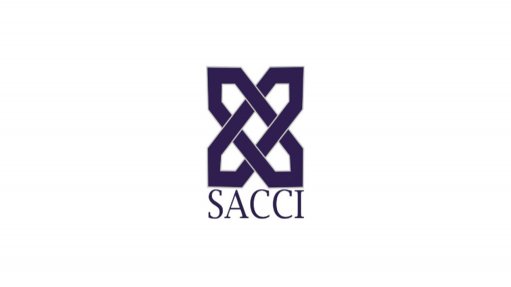
Following on an improving business mood, SACCI’s latest Trade Conditions Survey for December 2017 saw the Trade Expectations Index (TEI) for the next six months retaining a level well into positive territory at 60 after registering 59 in November 2017. However, trade conditions in December 2017 were restrained due to seasonal factors (usual low business-to-business trade during December).
The seasonally adjusted Trade Activity Index (TAI) rose from 41 in November to 48 in December 2017. All elements of trade excluding employment declined on November 2017. Compared to December 2016, the TAI was 3 index points down while the TEI was slightly higher by 2 points in December 2017.
Apart from the tougher prevailing trade conditions since September 2017 reflecting the sluggish economy, the slower pace of household, government and capital spending is also the result tight financial conditions and high debt levels. Respondents mentioned skill shortages, mentoring, fuel price hikes, access to and cost of funding, uncertainty of jobs, a regulatory uncertainty environment in some sectors and political instability as constraining factors for trade.
The significantly stronger but unstable rand against currencies of major trading partners, high real interest rates and high unemployment have had a dilatory effect on trade. It is expected that given the present uncertainty of political and economic direction, nominal interest rates will remain unchanged despite lower inflation. The upcoming Budget in February 2018 will also set the scene for trade conditions going forward coupled to rising expectations which in turn moderates the business mood.
Sales volumes decreased further in December 2017 with the sub-index declining from 49 to 41 while the new orders index dipped from 45 to 40 in December 2017. Notwithstanding, expected sales volumes and expected new orders improved notably to 66 and 62 respectively in December 2017. Stock levels declined slightly in December 2017 but expected to increase over the next six months.
The sales price index remained around 50 although the input price index increased marginally by 2 points to 68. Price expectations were mainly unchanged but remained high with the sales and input price expectation indices correspondingly at 70 and 79. The high fuel price is worrying although the more modest electricity tariff increases have been welcomed by the market.
The employment sub-index increased to 44 in December 2017 due to more temporary staff at retail, catering and accommodation outlets. The employment outlook index for the next 6 months improved by an encouraging 6 points in December 2017 to 55 after the rising trend of 8 points between October and November 2017.
Issued by South African Chamber of Commerce and Industry